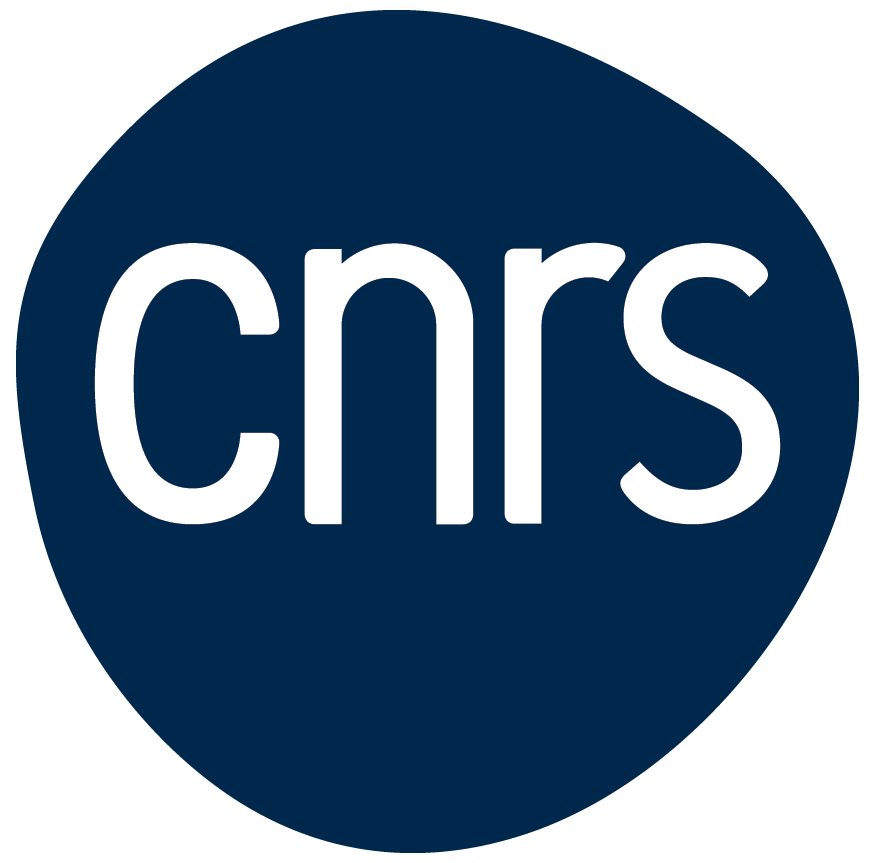Rayleigh-Bénard Convection, Horizontal Convection, and Internal Gravity Waves in an experimental model of subglacial lakes
Résumé
We investigate experimentally the flow structure in a fluid layer heated from below and exposed to a horizontal temperature gradient on the top plate. This is a model system for the dynamics in subglacial lakes where such a competition between Rayleigh-Bénard Convection (RBC) and Horizontal Convection (HC) is thought to happen. We evidence a hysteretic transition from a RBC flow structure to a HC flow structure when the ratio of the horizontal heat flux to the vertical heat flux, Λ, is 4 × 10 -4 when Λ is decreasing, and 7 × 10 -4 when Λ is increasing. These values are lower than the threshold value found in recent two-dimensional Direct Numerical Simulation (DNS) (Couston et al. 2022), of order 10 -2 , suggesting that HC may be more common in subglacial lakes than previously predicted. For large values of Λ, we observe that the warmest part of the top plate becomes warmer than the bottom plate, such that a stable temperature gradient settles below the warm side of the top plate. Thermal plumes are no longer visible in this region, and seem to be replaced by internal gravity waves.
| Origine | Fichiers produits par l'(les) auteur(s) |
|---|


